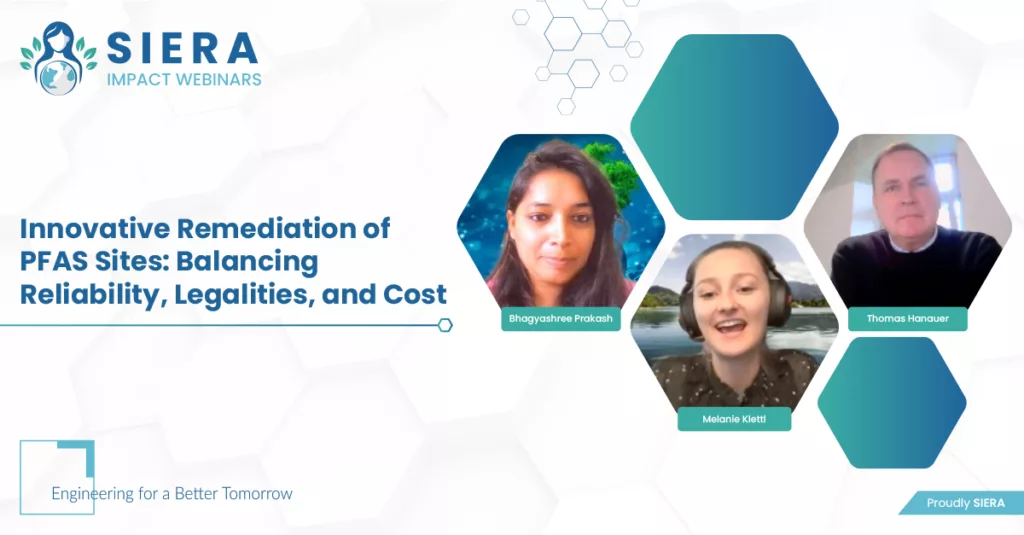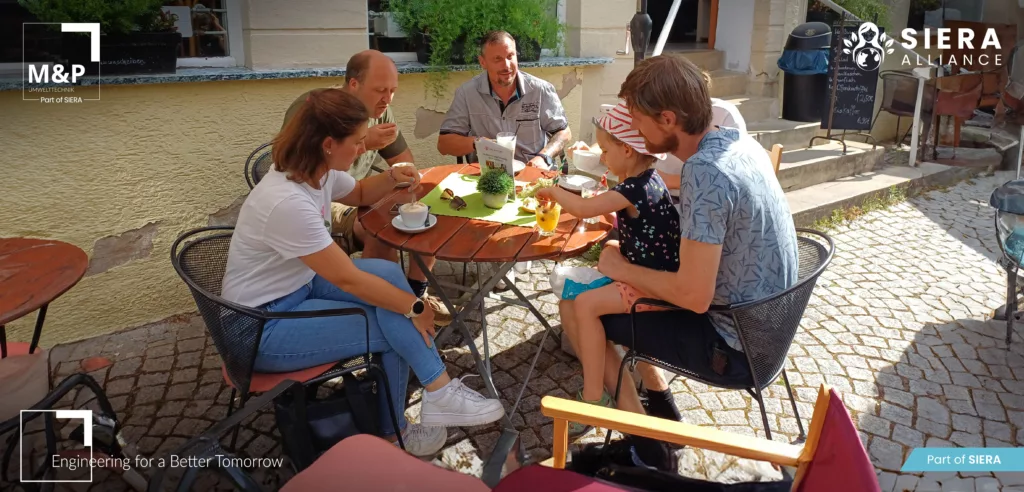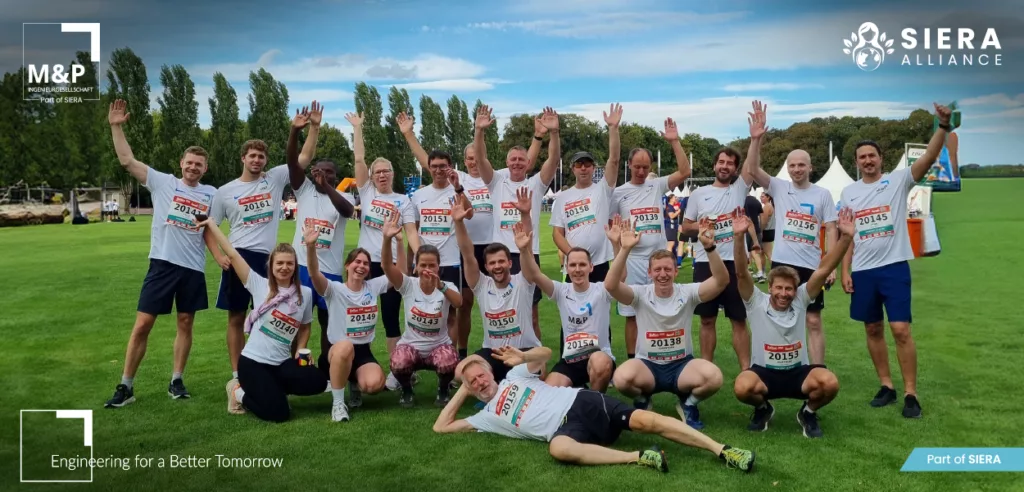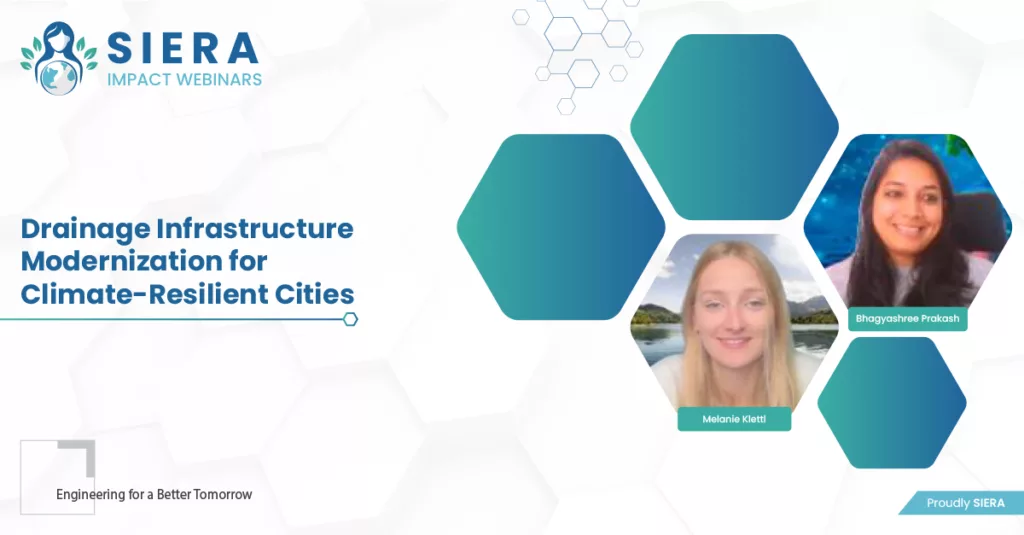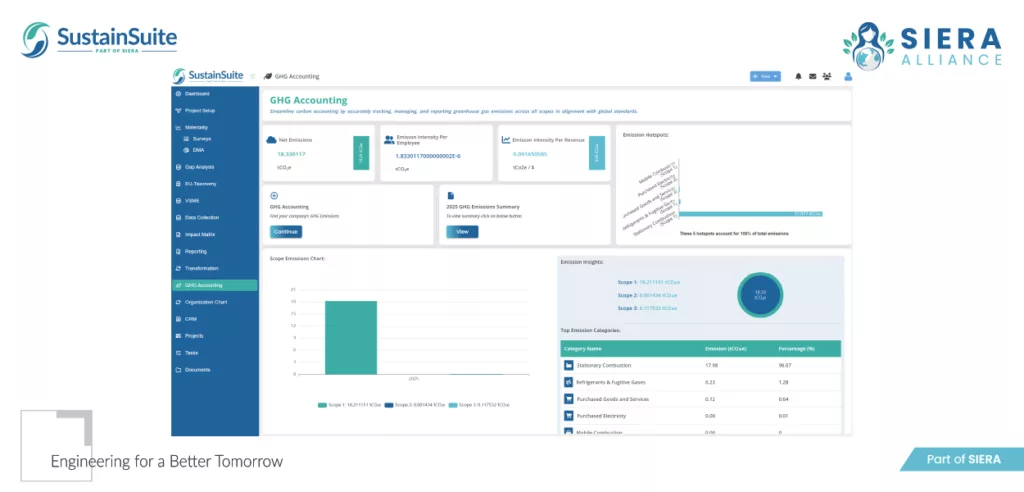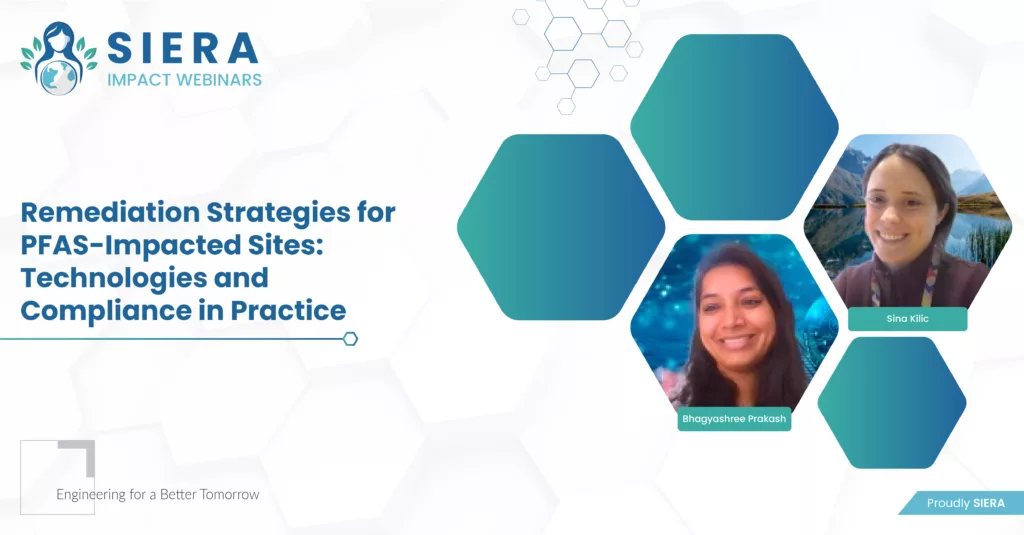PFAS: A Growing Environmental Challenge
Here’s the context that set the tone for the discussion and shaped the practical guidance that followed.
In a recent SIERA Impact Webinar, experts explored the complexities of per- and polyfluoroalkyl substances (PFAS) — the “forever chemicals” that persist in soil, water, and living systems for decades. With over 23,000 identified or suspected PFAS sites in Europe and fewer than 1 percent fully remediated, the need for scalable, science-based solutions is urgent. Tightening EU policies, including zero-pollution targets and drinking-water limits by 2026, are accelerating action across industries and municipalities.
Four Challenges Defining PFAS Remediation
Before jumping to solutions, the conversation clarified the core barriers that make PFAS different from typical contamination issues.
- Persistence and Mobility
Once released, PFAS migrate between soil, groundwater, surface water, sediments, and even site infrastructure. Storm events and water-table fluctuations can remobilize mass long after initial cleanup, feeding recurring plumes. - Analytical Limitations
Data inconsistency between labs (methods, reporting limits, analyte lists) can obscure trends, delay decisions, and miss short-chain species or precursors that later appear as regulated PFAS. - Treatment Complexity
There is no universal fix. Treatment trains (e.g., GAC, ion exchange, RO/NF) must be tuned to site chemistry and hydraulics, with credible end-of-life plans for residuals and brines to avoid new liabilities. - Regulatory Fragmentation
Differing limits and timelines across water, soil, and waste programs create documentation and schedule risk, especially where targets push below what’s reliably achievable at scale.
Turning Challenges into Opportunities
The speakers highlighted how the right strategy can flip liabilities into measurable environmental and business value.
- Unlock land and trust: Cutting PFAS mass and controlling pathways can restore stalled parcels to productive uses (e.g., habitat buffers, low-impact reuse), attracting funding and public confidence.
- Make monitoring actionable: Standardized methods, decision-quality objectives, and early-warning networks enable proactive management instead of reactive troubleshooting.
- Right-sized capture trains: Evidence-based design (bench/field data on chain length, co-contaminants, DOC) prevents over-engineering while delivering stable sub-PPT performance.
- Faster approvals via alignment: Harmonized, science-based targets and common templates shorten the path from design to permit to procurement, while giving vendors clarity on performance expectations.
Expert Insight: Dr. Thomas Hanauer
To ground the discussion in practical experience, the session featured insight from Dr. Thomas Hanauer (M&P Umwelteknik GmbH – part of SIERA).
Key takeaway: PFAS are highly mobile and water-soluble, so even low concentrations can spread quickly and bioaccumulate. Speed matters — but so does planning. Early containment, coordinated regulation, and feasibility-driven design help avoid hidden costs and post-commissioning surprises.
A Practical View: From Site Understanding to Proof of Performance
This section translates the webinar’s big ideas into a concise, stepwise approach teams can adapt to their own sites.
- Decision-grade site understanding
Pair desktop history with high-resolution fieldwork. Profile vertical gradients, core soils in suspected release zones, and inspect infrastructure that may store/move PFAS (liners, drains, buried utilities). Lock down comparable LC-MS methods, analyte lists, and QA/QC so results trend cleanly across media and labs. - Permit-ready remedy design
Stabilize influent chemistry and hydraulics; choose selective capture (GAC/IX) for short-chain/low-DOC cases; reserve RO/NF only when ultra-low targets truly demand it. Specify EBCT, lead-lag logic, bypass/backwash, and valve controls for predictable media life and breakthrough. - Post-remediation monitoring
Verify mass decline and zone stability. Place groundwater and surface-water stations to capture capture-zone migration and downgradiant receptors; vary sampling cadence with hydrology (e.g., wet season) and operational change points. - Risk assessment that drives decisions
Map exposure pathways (drinking water, fish consumption, irrigation, dermal contact, bioaccumulation). Quantify reasonable-worst exposures with site concentrations and tox values to focus on levers that change real risk (e.g., mass flux to a wellfield, fish tissue).
At-a-Glance: PFAS Challenges and Practical Responses
Use this quick-reference table to align your project team and regulators on scope, priorities, and success metrics.
| Challenge (What’s hard) | What it Means on the Ground | Practical Response |
| Persistence & Mobility | Interconnected reservoirs; remobilization after storms | Early containment; pathway controls; staged source-to-receptor strategy |
| Analytical Variability | Noisy trends; blind spots for short-chains/precursors | Standardize methods, analyte lists, RLs; add TOP/assays as needed |
| Treatment Train Fit | Over- or under-engineering; residual liabilities | Bench/field data to right-size GAC/IX/RO; plan residual handling early |
| Regulatory Fragmentation | Conflicting targets/timelines; schedule risk | Harmonize targets/templates; evidence-driven PRP allocation |
Digital Enablement for Compliance
The session also showed how modern tooling supports consistent delivery and audit-ready reporting across portfolios.
SustainSuite – powered by SIERA enables data-driven compliance by aligning collection with CSRD/ESRS requirements, monitoring environmental impacts, and automating report generation — shifting teams from reactive reporting to proactive performance management.
Take the next step toward reliable, compliant, and cost-controlled PFAS remediation:
- Book a consultation with SIERA experts to design a site-specific strategy.
- Explore upcoming SIERA Impact Webinars to stay aligned with evolving standards.

